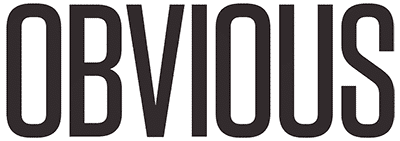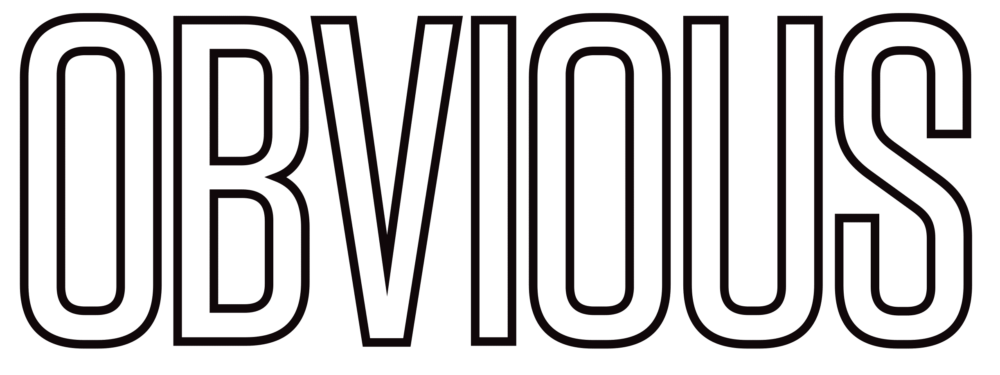Fine Art Portraiture Photographer (and model), Julian Ali boasts a creative vision and a voice through his work with influences by Delbert Parks and Tarrell Alvin McCraney. This young create is the one-to-watch!
“Turn your notifications off and do it for yourself – the support will come in time.”
– Julian Ali
What made you want to get into photography?
Like most inner-city Black kids, I didn’t have a lot of opportunities as to what I could do in life or who I could be. But I was young, tall, and Black – so I just knew (at the time) that being ‘an athlete’ was in my destiny.
However, while in my senior year of high school, I experienced an injury that prevented me from continuing my 10-year track career (until I recovered). During that in-between time, I opted in a photography class as an art-elective to finish my HS degree.
After my coach saw the focus I was putting into my work (which was so bad at the time FYI) outside of class, he sat me down after school and very sternly told me that I was wasting my time pursuing photography. In his mind, if I wanted to make it out of my neighborhood, I would need to focus on healing my torn hamstring.
The very next week, I retired my team jersey and later accepted a full academic scholarship, with which I used to study Fine Art and Film.

Who are your influences?
Please don’t laugh at me, LOL, but my influences are pretty diverse.
- Bruce Lee: Inspired by his introspective outlook on life and a gentle but dangerous approach.
- Jay-Z: His hustle from streets into the corporate world often reminds me that your most significant investment is the one you make into yourself, and there’s never a dream too big.
- David LaChappelle: I’m such a fan of his elaborate set design and out of this world photography concepts.
- Gordon Parks: He’s one of the most prolific Black photographers that has documented Black people and has inspired me in how to story tell visually.
- Delbert Parks: The dearly departed father of my ex-stepfather. He was also Gordon Park’s first cousin and taught me a lot when I was elementary school age. While Gordon was the star in his family, Delbert was also creative. He spent the last years of his life crafting realistic wooden spaceship and automobile replicas in his garage from designs he envisioned or that he had seen in sci-fi movies.
I remember that his family thought that he was crazy and losing his mind with this fascination. Still, there was something about his determinism (even if others didn’t understand why he was doing what he was doing), that always stays with me today.
After his death, his family donated his collection to aeronautic museums in California for public display, and his legacy continues.
- Kehinde Wiley: I am drawn to the idea of putting Black faces in places traditionally held by Whiteness. He’s the king of this and inspires me to insert both myself and my work in this way.
- Salvador Dali: Because of his mind and his mustache, DUH!
- Tarrell Alvin McCraney: His work (writing) resonates deeply within me and so many others. His honesty and transparency also come through in everything he does, to the point where you have physical reactions when watching his writing play out. I’m hoping people will be able to say the same thing about my art one day.
- Jordan Peele: He’s making space for Black people in film (we were once left out of). He’s doing it at a level that we have never seen in this present age. I hope to be able to work alongside him one day.
You’re originally from Washington DC and now reside in New York City. How has that transition been?
I’m originally from Virginia. I moved to DC after college (JMU) and was there for a few years before moving to NYC. The adjustment has been a rollercoaster of emotions and experiences; however, I’m finally in a city that doesn’t limit my potential and where opportunities are infinite.
What pushed you to want to practice your craft in New York versus DC?
There was a particular type of artist that DC cultivates, and I knew I wasn’t that. Also, for the work I’m currently doing, I knew I needed to be in a place vibrant with Black and Brown influence.
NYC is the first place I’ve ever lived where you can see the history of Blackness that was there before you. From the street names to the graffiti to the people walking around you. There’s something about being in the thick of it that I don’t take for granted.

You have a book you’re working on titled, “#BLACKkings,” for those that don’t know. Can you tell us more about it?
Yes! The project is a portrait series of 100 Black Men of distinction. I was inspired to create this body of work as I think it’s vital for the world to see Black Men as the victors of their lives and not as the victims (or often perps) of society. So far, I’ve had the pleasure of capturing an intergenerational and intersectional cast of Black Men who are all in some way phenomenal. From taking photos of someone who has organized and marched alongside MLKJ, to the world’s first male albino supermodel, and even an activist on the front lines of current social change – everyone is in some way leaving their mark in the world and rewriting history.
I started this project two years ago as my creative response to the racial inequalities and oppression that Black people have been experiencing for generations. I’m hoping that people can see the beauty in Black Men that exists outside of (and sometimes in spite of) trauma within the work.
Why did you choose to have all the men where berets in the book?
For #BLACKkings, I wanted to challenge myself by creating a large body of work with a constant variable to make sure that the aesthetic was consistent. I also knew I wanted the photos to be timeless so that they could withstand the test of time.
A few things inspired me:
The first being the Black Panther movement and how instrumental that era was for Black Social justice reform. From the style to the attitude, there was a coolness that accompanied the evolution of Black Resistance.
The second being, the images taken of MBJ (Michael B. Jordan) for British GQ by photographer Gavin Bond. In these photos, I saw the strength of MBJ, but I was left wanting to see more of his personality than just the sternness that filled the pages. While I love the photos – I feel that Black Male strength is only projected through pictures of us looking either militant or angry. So, I made a decision to showcase the diverse personas of many types of Black men from every walk of life I could find.
You’ve also walked in a few shows this past couple of fashion weeks. How did you get into the modeling aspect of things?
I guess I got lucky with that. I always questioned why I chose to be behind the camera instead of in front of it. I made up my mind last year to stop running away from the idea.
As a photographer, blessed to connect with so many different creatives in the Arts & Fashion allows me to cultivate relationships with other photogs and designers that are all hungry to work and respect me as a creative (and model) as well. It happened organically with me just standing in for friends. It has blossomed in me to take it seriously.

Which do you prefer modeling or photography?
I’ll always be a million times more comfortable behind the camera; however, I think I’m starting to take a liking to be the subject as well. It allows me to be a student to the other side of the photo and influences how I work with others myself.
There’s also something about showing up, following the direction of someone else, and leaving them to edit – that’s exciting!
Do you think social media has helped or hindered your progress as a creative?
As it pertains to being a creative person, I think that social media has helped elevate my artistry because of the connection you have to the world. It allows for your work to be seen by almost everyone with their mobile devices. Between the community of friends I’ve made to the higher profile subjects I’ve captured – I attribute social media to breaking the ice for me and lessening the social gap.
What advice would you give to anyone trying to make it as a photographer?
I still don’t feel as if I ‘myself’ have truly ‘made it,’ so this is advice I give to myself daily. Hopefully, it resonates within whoever reads it.
- Take time to figure out who you are and what it is you want to say with your work.
- Take time to make mistakes with your work.
- Dream big, and don’t limit yourself.
- Turn your notifications off and do it for yourself – the support will come in time.
- Take equal time to experience the world and communicate with others. Your personality is a big part of your aesthetic.
Follow Julian Ali on Instagram @_Aligiance | Twitter @Aligiance
Julian’s photograph: Francis Shad (@francisshad.co)
Want the latest posts, offers, and exclusive content straight to your inbox? Subscribe to our newsletter and never miss out again. See more Culture.



